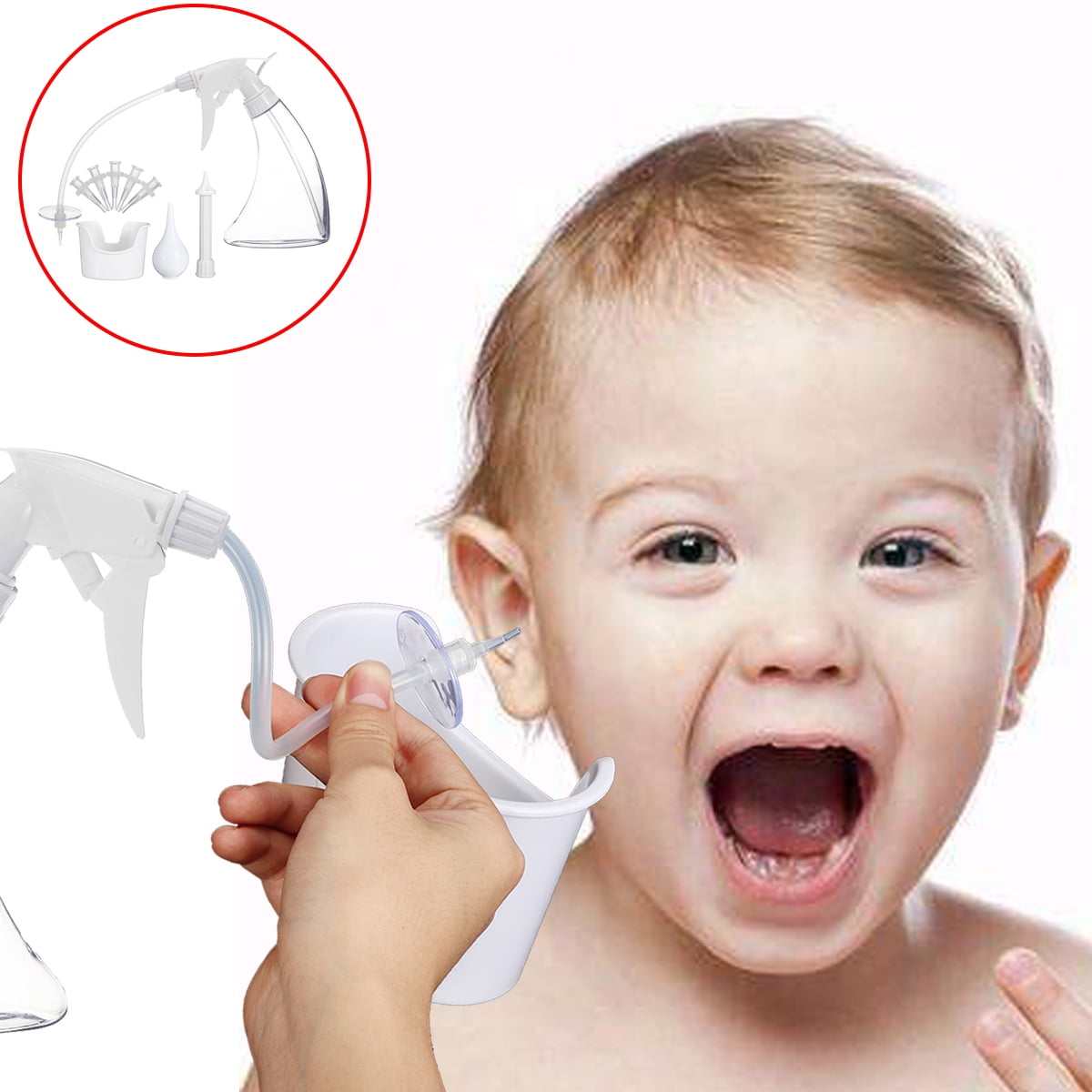

If you experience pain or discomfort as a result of earwax, or suspect you have a blockage, it's important that you see your doctor as soon as possible to address the issue. A curette is a long, curved tool that is used along with suction to gently scrape cerumen from the ear canal, removing the blockage. Carbamide peroxide is typically the main ingredient in these medications.Īnother method is curettage, which involves the use of a curette.

Unlike at-home earwax removal kids, your doctor may use stronger ear wax removal medications in conjunction with irrigation. Irrigation is the most common method your doctor will use to remove blockages. Doctors typically use one of two methods to remove earwax: irrigation or suction and curettage.

If the earwax blockage is more significant, it may need to be removed in your doctor's office. Before attempting at-home earwax removal, it is advised to speak with your doctor to be sure it is safe for you. There are contraindications to using these kits in some people and with some ear conditions. It may take several days to completely clear earwax blockages from your ear. You will then use the bulb syringe to gently flush your ears with warm water to remove the ear wax. Bubbling and fizzing sensations in your ears is normal with use. Coat a cotton swab in mineral oil and lightly dab at the wax. Wipe it away with an alcohol-soaked towelette. Let them sit for 5 minutes while the bubbling action loosens the wax. You will be given directions on how much and how often to apply the liquid to your ear canals, allowing it to sit for a while in your ears to soften up the ear wax. Apply a few drops of hydrogen peroxide (3 concentration or less) to a toothbrush and gently brush the wax on your headphones or ear buds. These kits generally consist of a liquid that softens ear wax and a small rubber bulb syringe. The EPAs Superfund program is responsible for cleaning up some of our nations most contaminated land. Earwax removal kits can also be purchased over the counter in most drug stores. In some instances, your physician may send patients home with an at-home ear wax removal kit. You should never insert cotton swabs or any small object into your ear canal. Physicians generally agree that cotton swabs are a bad idea for removing earwax and should only be used on the outer portions of your ear. However, this can sometimes cause more problems as cotton swabs may push the blockage further down into the ear canal, risking even more damage to the ear.Ĭotton swabs themselves can also be accidentally inserted too far into the ear canal and can potentially damage your ear, including the possibility of rupturing your eardrum. People commonly use cotton swabs to try and remove earwax or dislodge a blockage. This can be done at home or at your doctor's office, depending on the size and severity of the blockage. If a blockage occurs, it may need to be removed. Cerumen, also known as earwax, is naturally produced by the glands in the ears to lubricate the ear canals and keep dust and debris from getting too far down in the ear canal.Ĭerumen typically clears itself from the ears, but in some instances can accumulate and cause a blockage.


 0 kommentar(er)
0 kommentar(er)
